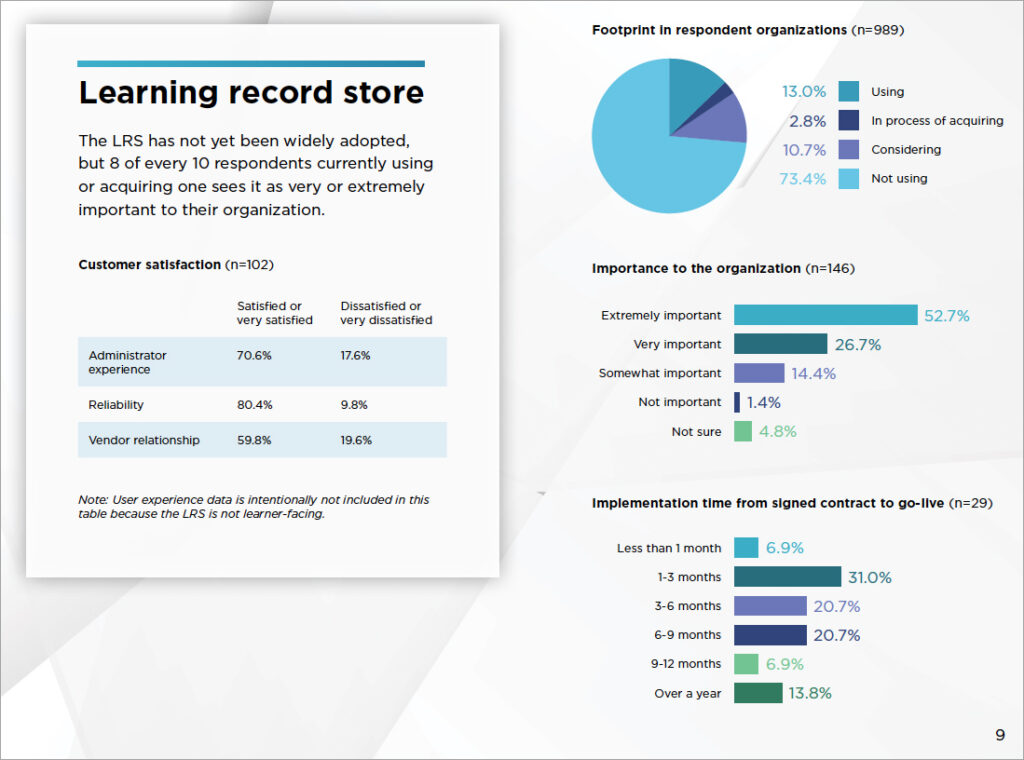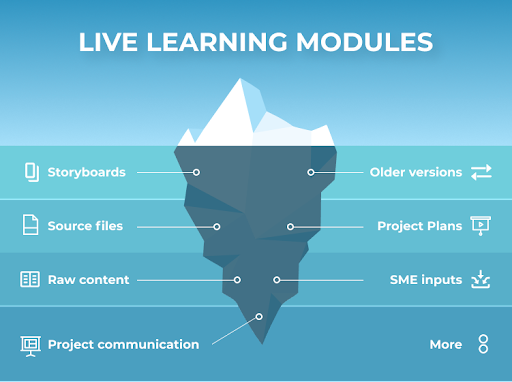Designing for Autism, ADHD, and More: Representing Neurodivergence — from learningsolutionsmag.com by Judy Katz
Excerpt:
Understanding inclusion from a neurodiversity perspective has both a DEI component (addressed in this article), and an accessibility component (addressed in the two articles to come in this series). As learning and development professionals, applying both is not just about accommodating impairment or staying compliant with the ADA. It’s about unlocking the talents that diverse neurotypes bring.
Positives of neurodivergence
One of the best things you can do to lead to greater acceptance of neurodivergence in the workplace is to learn and reinforce to others that neurodivergent brains are often different in positive ways, despite broad negative stereotypes. Here are some examples, but remember, not all traits apply to all individuals; if you know one neurodivergent, you know one neurodivergent.
#autistics #ADHD #Aspergers #neurodivergence #DEI
Also from learningsolutionsmag.com:
Automation, AI Will Advance—and Challenge—Learning Leadership — by Markus Bernhardt
Excerpt:
The current momentum of change, seen across all sectors and industries, is unparalleled in magnitude and speed; both are accelerating. The need for businesses to adapt has arguably never been more pressing, while challenges continue to grow at an increasing pace.
The digital revolution has arrived, and we already find ourselves in the thick of it. For learning and development (L&D), the time has come that deploying automation will be key. When we look at other departments within organizations, we can no longer imagine how marketing, sales, finance, or HR would fare without automation. Here, automation has celebrated some huge successes, gathering momentum as available technology is deployed more broadly. The results are increasing efficiencies, accuracy, and speed, and at scale.
This article introduces a short series on automation and AI and their impact on L&D.












